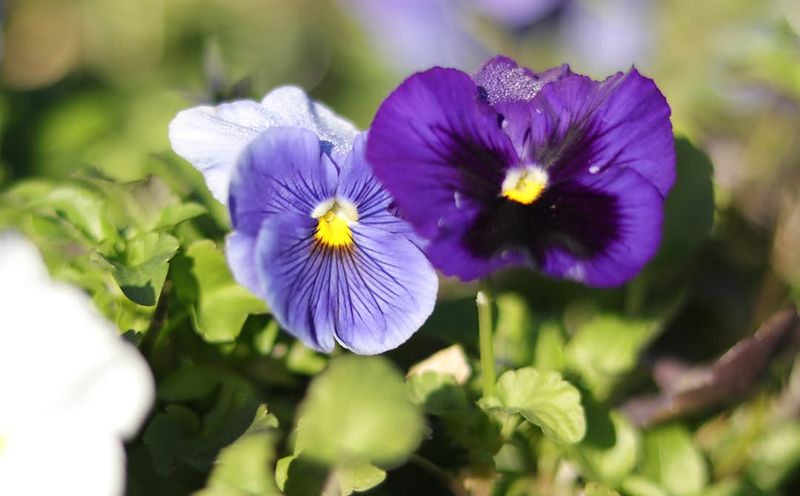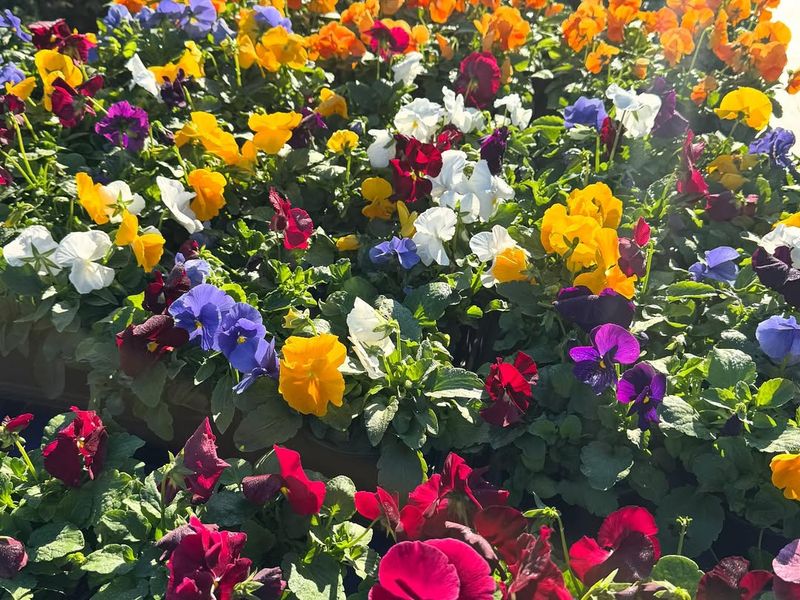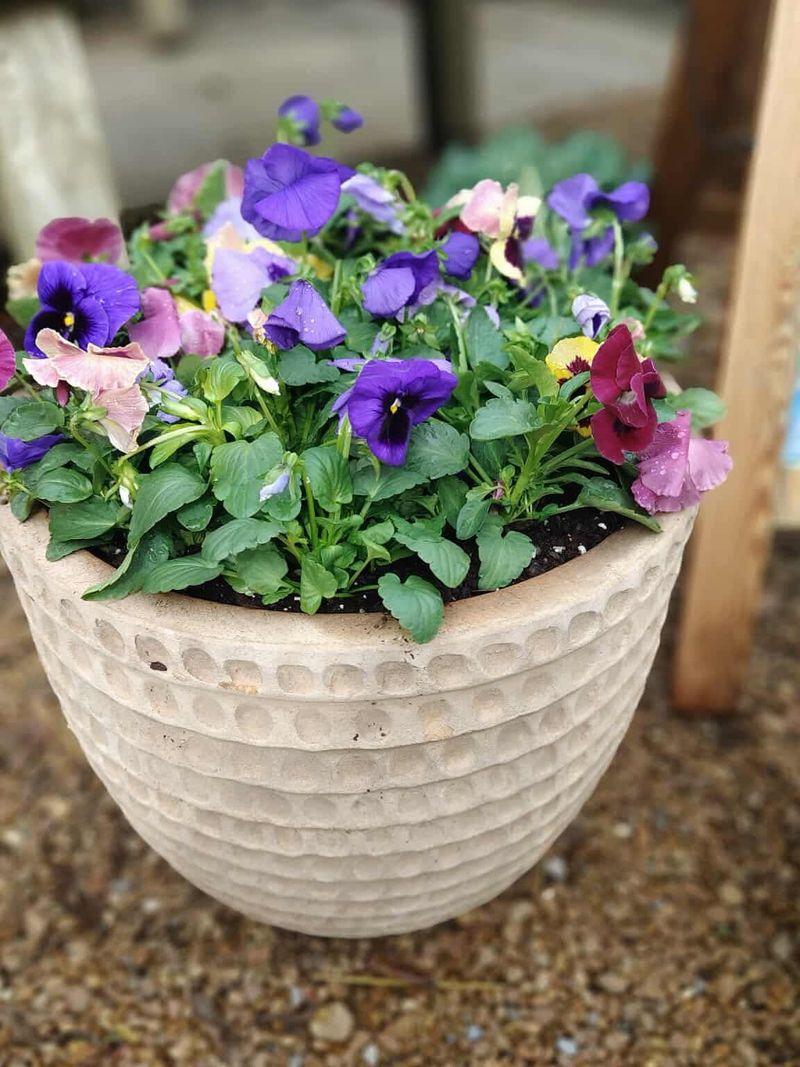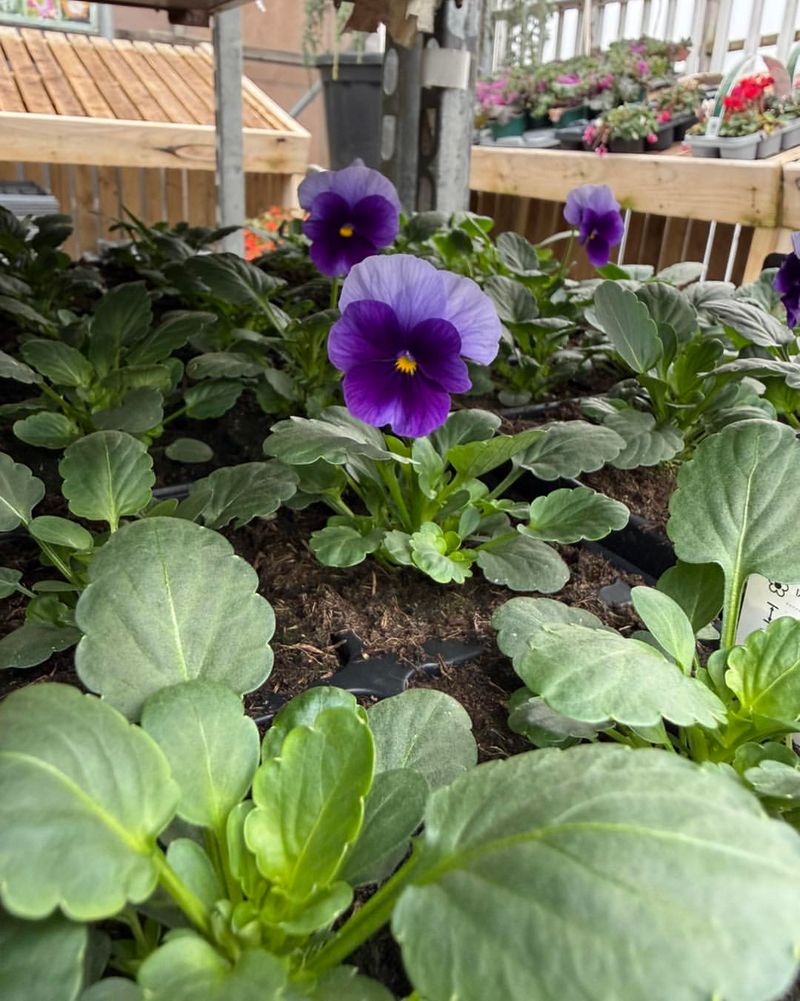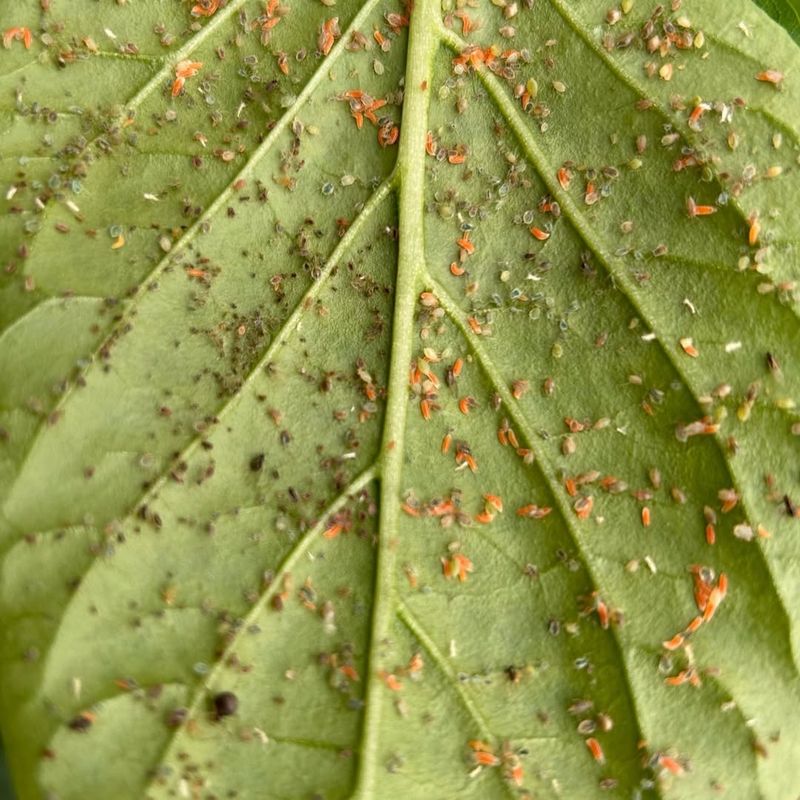Winter pansies bring cheerful color to North Carolina gardens when most other plants have gone dormant. However, many gardeners struggle to keep these cold-weather beauties thriving because they make simple purchasing mistakes that doom their plants from the start.
Learning what to avoid when shopping for winter pansies can save you money, frustration, and help your garden stay vibrant all season long.
1. Buying Too Early In The Season
Many gardeners rush to plant pansies in early September when temperatures still climb into the 80s and 90s. Pansies prefer cool weather and struggle when exposed to lingering summer heat.
Your plants might survive, but they will look stressed and leggy instead of compact and bushy. Wait until nighttime temperatures consistently drop below 60 degrees, usually mid-October in most North Carolina regions.
Patience pays off with healthier plants that establish strong roots before winter arrives.
2. Choosing Plants Already In Full Bloom
Those gorgeous, flower-covered pansies catch your eye at the nursery, but they are not always your best choice. Plants putting all their energy into blooming have less strength for developing strong root systems.
Instead, look for stocky plants with plenty of buds and just a few open flowers. These younger plants adapt better to transplanting and produce more blooms over the entire winter season.
You will enjoy months of color instead of a quick show that fizzles out.
3. Ignoring Root Quality
Most shoppers in North Carolina never peek beneath the soil, but roots tell the real story of plant health. Gently slide a pansy from its container to check what is happening underground.
Healthy roots appear white or light-colored and spread throughout the soil. Root-bound plants with circling, brown, or mushy roots struggle to establish themselves in your garden beds.
If roots look problematic, choose a different plant even if the top looks perfect and green.
4. Picking The Wrong Varieties For Your Zone
North Carolina stretches across multiple climate zones, from chilly mountains to milder coastal areas. Not all pansy varieties tolerate the same temperature ranges equally well.
Mountain gardeners need cold-hardy types that withstand freezing temperatures, while coastal residents can choose from a wider selection. Check plant tags for hardiness information and match varieties to your specific location.
Local garden centers usually stock appropriate options, but big-box stores sometimes carry unsuitable varieties for your area.
5. Selecting Plants With Yellow Or Spotted Leaves
Yellow leaves might seem like a minor issue you can fix with fertilizer, but they often signal deeper problems. Diseases, pests, or root damage frequently cause discoloration that does not improve after planting.
Spotted or mottled foliage could indicate fungal infections that spread to your other plants. Always choose pansies with rich green leaves free from blemishes, even if they cost slightly more.
Starting with healthy plants prevents headaches and disappointments throughout the growing season.
6. Overlooking Plant Size And Spacing Needs
Those tiny six-packs of pansies look so small in the store that gardeners often plant them too close together. Mature pansies spread 9 to 12 inches wide and need adequate space for air circulation.
Crowded plants develop fungal diseases more easily and compete for nutrients and water. Read the plant tag to learn the mature size and space accordingly.
Proper spacing might seem sparse initially, but your pansies will fill in beautifully within a few weeks.
7. Buying From Poorly Maintained Garden Centers
Garden centers that let plants sit in dry containers or leave them unprotected from weather extremes sell stressed plants. Even if you water and care for them properly afterward, these pansies may never fully recover from early neglect.
Look for businesses in North Carolina where plants appear freshly watered, properly labeled, and protected from harsh conditions. Staff should know about the plants they sell and offer helpful advice.
Quality retailers invest in plant care, which means better results for your garden.
8. Forgetting To Check For Pests
Aphids, spider mites, and other tiny pests often hide on the undersides of leaves or in flower buds. Bringing home infested plants introduces problems to your entire garden that require time and effort to eliminate.
Before purchasing, flip leaves over and examine stems carefully for any signs of insects or webbing. Sticky residue or distorted growth also indicates pest activity.
A quick inspection saves you from importing unwanted garden guests that damage your plants.
9. Not Considering Container Condition
Cracked, flimsy, or deteriorating containers often mean plants have sat unsold for too long or suffered rough handling. Roots may have dried out repeatedly or grown improperly in damaged pots.
Containers with algae growth or salt buildup around the edges suggest poor watering practices. These stressed plants take longer to establish and may never perform as well as properly maintained ones.
Choose pansies in clean, sturdy containers that show signs of recent care and attention from the seller.


